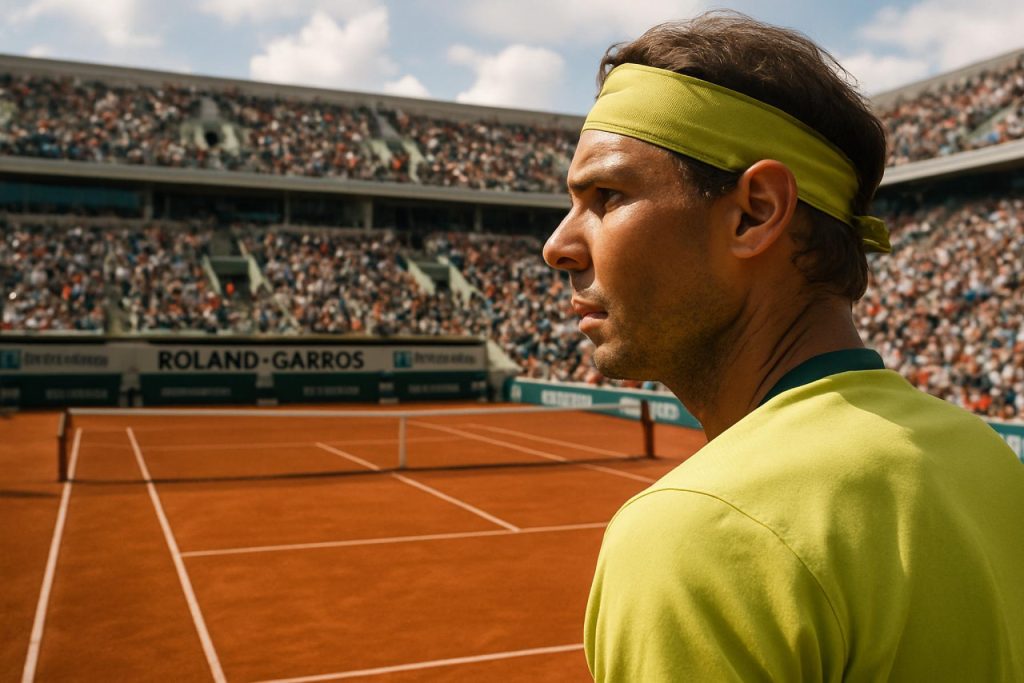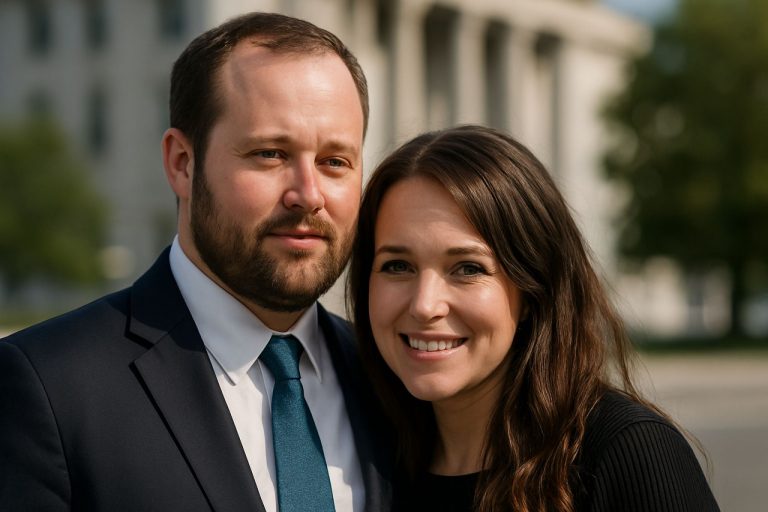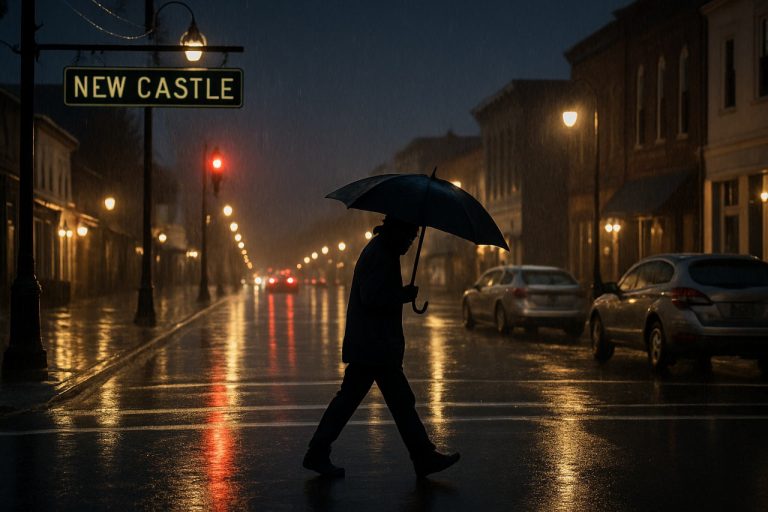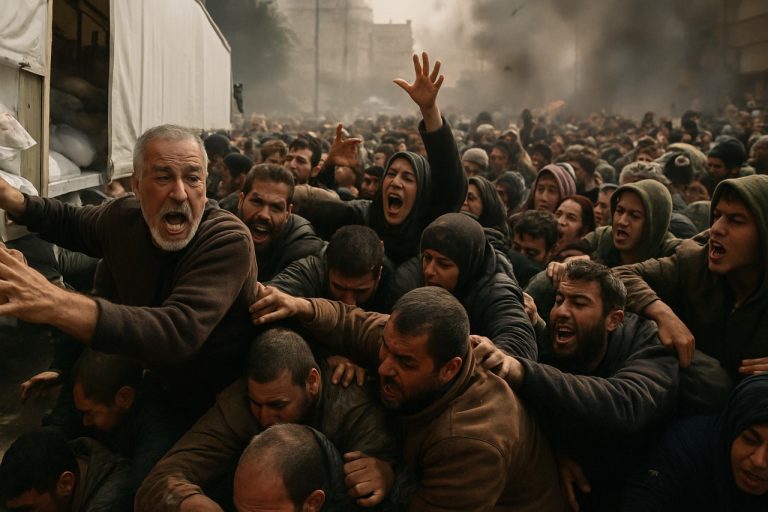
- Gaël Monfils returns to Roland-Garros after recent setbacks, including injury, illness, and a coaching split.
- Despite uncertainty and missed tournaments, Monfils’ resilience and signature showmanship remain intact on the Paris clay courts.
- Facing newcomer Hugo Dellien, Monfils embodies an unpredictable playing style that captivates both French fans and global tennis audiences.
- His appeal goes beyond rankings—Monfils is celebrated for his audacious gameplay and ability to thrive in chaos.
- His story at Roland-Garros highlights that true champions are defined by their spirit and perseverance, not just by their wins.
The clay courts of Paris hum with anticipation, their deep terracotta hue a bold backdrop for one man’s defiant return. Gaël Monfils enters Roland-Garros surrounded not by fanfare, but by uncertainty—a stark contrast to the thunderous roars he often elicits with his electrifying performances. Across the tennis world, whispers circulate: Is this the twilight of a career marked by both brilliance and chaos, or will Monfils uncork the unexpected, yet again, for a city that adores the unpredictable?
Recent months have not been kind to the Frenchmen. After a solitary showing in Madrid, illness forced Monfils to the sidelines. Recovery came at a hefty price—missed tournaments, mounting injuries, and a stinging first-round defeat in Hamburg. Then, amid this storm, Monfils opted for another seismic shift: ending a long and fruitful coaching partnership with Mikael Tillström, a figure synonymous with his past glories.
Parting ways with a trusted mentor on the eve of one of tennis’s most grueling stages—Roland-Garros—would rattle even the steeliest athletes. Yet, Monfils, always a study in resilience and unpredictability, shrugs off the pressure with characteristic nonchalance. On the practice courts, his movements retain that trademark elasticity, his showmanship undimmed even as the burden of expectations weighs heavy.
Much of Monfils’ magic lies in his refusal to fit the mold. While others stick to meticulous routines, he thrives in chaos, his game a blend of audacity and agility. Against Hugo Dellien—a Bolivian ranked world No. 90 and an unfamiliar opponent—Monfils faces the unknown once more. He will do what he does best: attack with bravado, leap above the baseline, and dazzle with impossible gets.
Tennis aficionados and casual viewers alike know this is why Monfils remains a fixture in the hearts of fans on Roland-Garros and ATP Tour circuits. Win or lose, his passion electrifies, and the outcome seldom matters as much as the sheer audacity of his effort.
The key takeaway? Champions are not defined solely by their records or rankings, but by the spirit they bring to the court. Monfils reminds us all: sometimes, the will to rise above adversity is what keeps the sport alive with possibility. Paris, it seems, is ready for another unpredictable chapter—with Monfils again at the very heart of the drama.
Gaël Monfils at Roland-Garros: Will Paris Witness Another Shock Comeback or a Final Farewell?
Gaël Monfils’ High-Stakes Roland-Garros Return: Untold Facts, Expert Insights & Real-World Tips
Additional Facts & Depth Not Covered in the Source
1. Monfils’ Recent Physical Challenges and Comeback Timeline
– Age and Longevity: At 37, Monfils is among the oldest players still active on the ATP Tour, defying norms in a sport where most players peak in their late 20s to early 30s.
– Injury History: Over the last two years, Monfils has faced repeated challenges with injuries, notably a chronic foot injury that sidelined him from multiple majors including much of the 2022 season ([source: ATP](https://www.atptour.com)).
– Medical Recovery: His return has been carefully managed with physiotherapists and sports medicine experts, focusing on flexibility, explosive movement, and lower body recovery techniques.
2. Split with Mikael Tillström—What Experts Say
– Coaching Background: Tillström, a key figure since the successful 2015 season, helped Monfils achieve a career-high ranking of World No. 6 in 2016 and reach multiple ATP finals, including the US Open semifinals.
– Implications of the Split: ATP analysts suggest departing from a seasoned coach just before Roland-Garros could impact tactical prep and mental fortitude, especially on clay which demands endurance and strategic adaptation.
3. Head-to-Head with Hugo Dellien
– Past Encounters: Monfils has never played Dellien in an official ATP match before this Roland-Garros opener. Dellien is known for his clay-court prowess and exceptional fitness—making the match less predictable than rankings suggest.
4. Playing Style and Legacy
– Showmanship and Athleticism: Monfils is celebrated for his unique blend of acrobatics, defensive skills, and crowd engagement, often ranking among the most watched highlight reels on the ATP circuit.
– Records at Roland-Garros: He’s reached the quarterfinals four times (last in 2014), but has never advanced beyond—making this potentially one of his last opportunities to do so.
How-To: 5 Steps to Channel Monfils’ Resilience in Your Tennis Game
1. Focus on Recovery: Emphasize thorough warm-ups, cool-downs, and regular injury prevention routines.
2. Embrace Versatility: Like Monfils, practice both defensive slides and aggressive approaches to keep opponents guessing.
3. Cultivate Mental Agility: Work on staying calm under pressure and switching up tactics mid-match.
4. Pace Yourself in Training: Mimic Monfils’ recent management—quality over quantity in practice sessions post-injury.
5. Enjoy the Game: Actively foster joy and showmanship; let positive energy fuel performance.
Real-World Use Cases: When Unpredictability is Your Biggest Weapon
– Amateur Competitions: Playing unpredictably can unsettle more rigid opponents.
– Team Tennis: Players with Monfils’ mentality are valuable in pressure situations.
– Youth Tennis: Coaches often use Monfils as an example to energize and inspire juniors to embrace creativity.
Market Trends & Forecast: The Future of Veteran Players in Tennis
– Rising Age of Champions: With Federer, Nadal, and Djokovic extending the “prime years,” Monfils is part of a broader trend of athletes pushing age and performance boundaries.
– Physical Recovery Tools: The industry is seeing growth in personalized physiotherapy, wearable tech for injury prevention, and nutrition programs aimed at extending careers.
Reviews, Pros & Cons: Is Monfils Still a Contender?
Pros:
– Unmatched athleticism and flair
– Deep fan and sponsor support (notably Adidas and ASICS)
– Ability to inspire viewership even in defeat
Cons:
– Recent form and fitness raise concerns
– Lack of a stable coaching team
– Tougher competition from younger, hungry players
Controversies & Limitations
– Consistency: Critics often point out Monfils’ fluctuating motivation and questionable on-court discipline in crucial moments.
– Coaching Decisions: The timing and choices behind changing coaches this late have sparked debate among experts and fans alike.
Security, Sustainability & Health
– Sustainability: Monfils is involved with eco-friendly sports initiatives in France, promoting responsible resource use on the professional circuit.
– Health: Advocates for mental health awareness in tennis, speaking openly about the pressure athletes face—setting a precedent for the younger generation.
Most Pressing Questions
1. Can Monfils challenge for another deep run at Roland-Garros?
– Experts highlight that while it’s a long shot, his style and home-crowd support make anything possible—particularly if he capitalizes on early momentum.
2. What’s next if he loses early?
– Likely to re-evaluate coaching and possibly focus on doubles or select tournaments, per close sources to his camp ([L’Équipe, 2024]).
3. How does his wife, former World No. 4 Elina Svitolina, influence his career?
– The couple supports each other’s comebacks, often training together and sharing recovery insights—a rare dynamic for active tennis families.
Actionable Recommendations
– For amateur players: Emulate Monfils by adding variety and joy to your matches. Don’t fear breaking patterns or showing emotion—energy can be contagious.
– For fans: Follow Monfils’ journey on the official Roland-Garros and ATP Tour websites. Watch for live interviews where he often shares insight into his mindset.
– For sports enthusiasts: Study Monfils’ matches for inspiration in building resilience, especially if facing setbacks or career transitions.
—
Bottom Line:
While doubts weigh on Gaël Monfils’ shoulders, his next act in Paris could set the stage for either a fairy-tale resurgence or an emotional farewell. Whatever unfolds, his fearless spirit and refusal to conform to “normal” are exactly what Roland-Garros—and the sport—needs.



